Custom style home, which are made to exactly suit the wants and preferences of the homeowner, are a harmonic fusion of architectural craftsmanship and personal ingenuity. Custom houses provide unmatched freedom, enabling a customised touch that represents the owner’s own lifestyle and aesthetic choices, in sharp contrast to typical homes, which often adhere to preset plans and designs.
A custom-style home’s uniqueness is what makes it so appealing. From the foundation to the last details, every project is customised to make sure that every element fits the homeowner’s concept. This level of personalisation goes beyond aesthetics and includes the home’s utilitarian features as well, guaranteeing that each area is used effectively and efficiently.
The growing need for uniqueness in a world where uniformity is taking over is a major element in the growing popularity of custom-style houses. Homeowners are turning to bespoke houses as a way to exhibit their individuality as they try to break free from the limitations of prefabricated structures. This trend is not just about aesthetics; it’s part of a larger societal movement that values meaningful living spaces and individual expression.
Defining Homes in the Custom Style
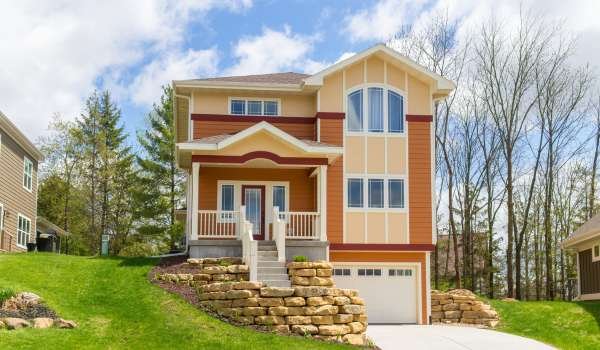
Fundamentally, a custom-style house is one that is built in accordance with the homeowner’s own tastes and specifications. The selection of the property, architectural styles, floor layouts, and interior finishes are all included in this procedure. Custom houses provide a wide range of alternatives, enabling a uniquely customised outcome, in contrast to production homes, which are constructed from conventional designs with few variations.
The degree of choice and engagement available to the homeowner is what sets a custom-style house apart from conventional ones. Every choice, from the kind of materials to the room arrangements, represents the homeowner’s own preferences and way of life. Architects and builders often participate in this cooperative process, collaborating closely with the homeowner to realise their idea.
The Development of Custom-Style Residences
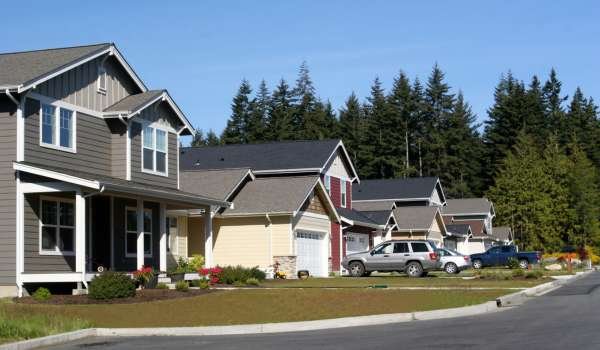
Over the years, the idea of custom-style houses has seen tremendous change. In the past, houses were often constructed using local materials and regional designs, giving neighbourhoods a more consistent look. However, the concept of customised dwellings started to gain traction as architectural trends and design ideologies changed.
A departure from conventional shapes was promoted by the postmodern architectural style in the late 20th century, which resulted in a boom in unique bespoke house designs. Homeowners prioritised individual expression above uniformity and grew increasingly active in the design process. This change created the foundation for the contemporary custom house market that exists today, which is distinguished by creativity, innovation, and a focus on environmentally friendly construction methods.
Essential Elements of Custom-Style Residences
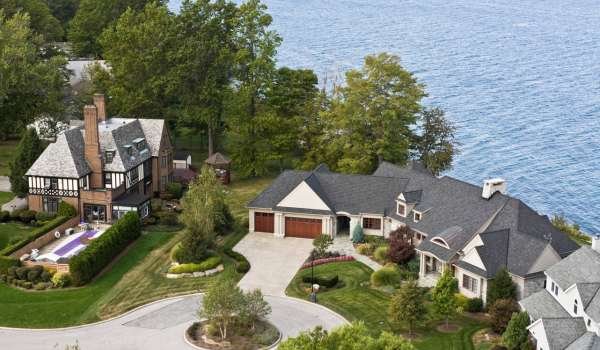
A number of distinguishing characteristics distinguish custom-style homes from traditional ones. The focus on distinctive architectural features is one notable feature. Custom houses often include eye-catching aspects that add to their visual appeal, such as towering ceilings and grand entryways, custom cabinets, and creative lighting.
The emphasis on customised floor layouts is another distinctive feature. Whether they want large open areas for parties or quiet corners for introspection, homeowners may choose plans that best suit their lives. This adaptability makes it possible to design useful spaces that meet the unique requirements of the home. Custom houses are also known for their seamless incorporation of outside areas. Patios, decks, and planted gardens are common architectural elements that seamlessly integrate indoor and outdoor rooms and expand the living area outside.
Styles of Architecture in Custom Homes
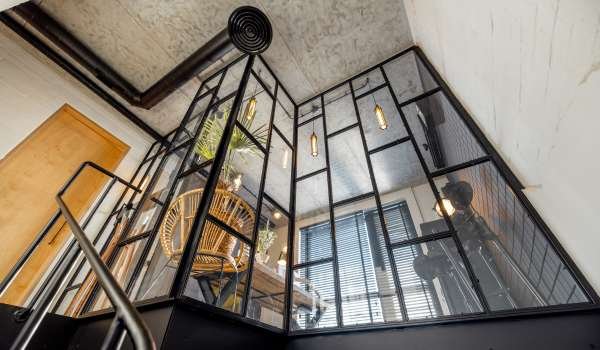
The variety of architectural styles accessible to homeowners is what makes custom-style houses so beautiful. There are several alternatives, ranging from old and rustic to modern and contemporary. Homeowners may choose a style that suits their own preferences and blends in with the surroundings thanks to this diversity.
Clean lines and minimalist designs are common in contemporary bespoke houses, which prioritise simplicity and usefulness. Traditional designs, on the other hand, can include elaborate details like gables, dormers, and elaborate mouldings, which would give them a more timeless appearance. Natural elements like wood and stone are used in rustic designs to create a cosy and inviting atmosphere. In the end, the architectural style selection greatly influences the home’s personality. When choosing a style, homeowners should take into account both their own tastes and the neighborhood’s architectural background.
Quality Materials and Craftsmanship
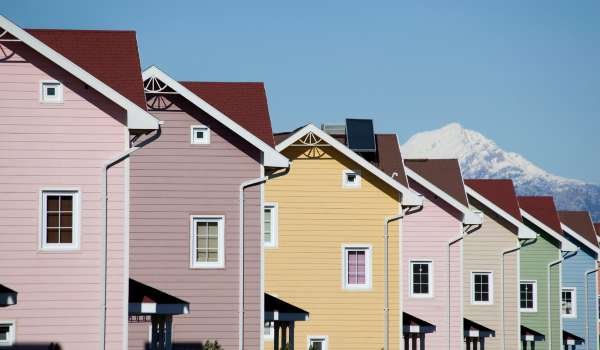
The outstanding workmanship and high-quality materials used throughout the construction process are two characteristics of custom-style houses. Custom home builders often collaborate with talented craftspeople and craftsmen to guarantee that every element of the house is built with exacting attention to detail.
The choice of materials is just as important. High-quality finishes that not only improve the visual appeal of a house but also add to its lifespan and sustainability include energy-efficient windows, natural stone worktops, and hardwood floors. Purchasing high-quality materials eventually yields a house that is not only aesthetically pleasing but also long-lasting and effective.
Custom Homes: The Heart of Personalisation

Custom style houses are focused on personalisation, enabling homeowners to incorporate their own style and preferences into each element of the design. This procedure usually starts with a thorough examination of the homeowner’s goals, habits, and way of life. Design professionals may develop rooms that improve comfort and convenience by having a thorough grasp of how a family operates on a daily basis.
The ability to choose colours, finishes, and layouts that suit their vision is available to homeowners. Customisation turns a house into a home, whether it’s by selecting a striking colour scheme for the kitchen or creating a peaceful haven in the master bedroom. This customised approach fosters emotional ties to the environment in addition to meeting utilitarian objectives.
Floor Plans: Customising Areas to Your Requirements
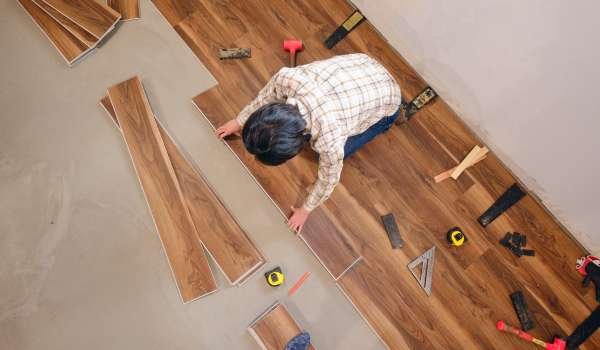
A crucial choice in the process of designing a new house is selecting the appropriate floor plan. A well-thought-out floor plan improves flow and functionality, guaranteeing that every space fulfils its intended role and adds to the overall coherence of the house.
Homeowners may choose between more conventional layouts that provide separate areas for living, eating, and working, or open-concept designs that encourage community and make entertaining easier. Additionally, customisation makes it possible to include niche spaces that are suited to the unique requirements and hobbies of the family, including cinema rooms, home offices, or craft rooms.
Outdoor Areas: Creating a Unique Garden Design
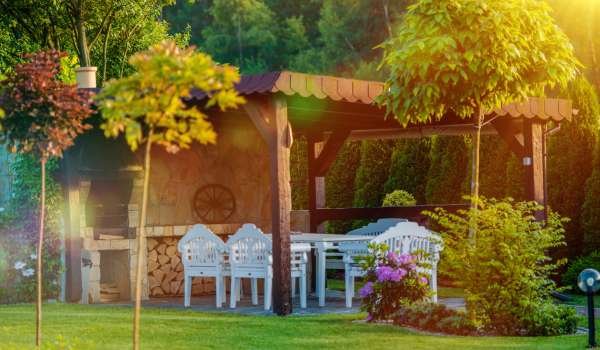
Custom-style houses that include outside areas increase the living space beyond the four walls. Well-planned patios, outdoor kitchens, and gardens may improve the property’s overall appeal. Depending on their tastes, homeowners may design lively areas for entertainment or tranquil sanctuaries.
The temperature and geography of the area must be taken into account while building outdoor areas. The garden’s visual attractiveness and environmental sustainability may be enhanced by using native plants, eco-friendly landscaping techniques, and effective watering systems. Homeowners may create outdoor spaces that enhance their unique houses by fusing architecture and nature.
Energy Efficiency in Homes with a Custom Design
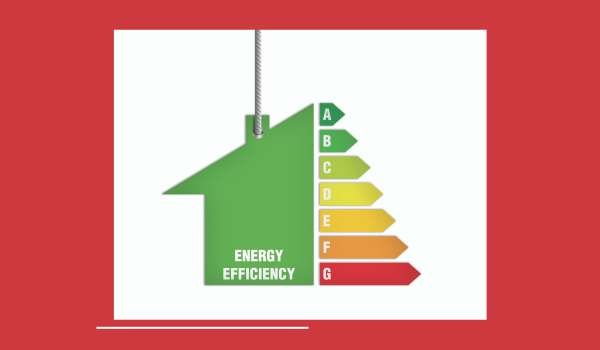
Many homeowners are giving energy efficiency first priority in their custom-style houses as environmental awareness grows. Homeowners may drastically cut their carbon footprint and electricity costs by including energy-efficient elements like high-performance windows, insulation, and appliances.
Improving energy efficiency is largely dependent on smart home technologies. Depending on the demands of the home, automated systems may optimise lighting, heating, and cooling by monitoring and controlling energy usage. This degree of control improves ease and comfort while also promoting sustainability.
Eco-Friendly Custom Home Design

A key component of contemporary custom house design is sustainability. More and more homeowners are looking for environmentally friendly construction materials and techniques. Reclaimed wood, recyclable materials, and environmentally friendly insulation are a few options that may improve the home’s green credentials.
Additionally, using sustainable energy sources like geothermal heating or solar panels helps lessen dependency on non-renewable resources. In addition to helping to preserve the environment, homeowners who embrace sustainability also make their homes healthier for present and future generations.
What a Custom Home Builder Does
One of the most important steps in building a custom-style house is selecting the proper builder. A trustworthy custom house builder will have a portfolio that showcases their skills, a lot of experience, and industry understanding. Homeowners should look for builders that value teamwork and communication since these traits promote a fruitful working relationship.
Examining references and completed projects is crucial throughout the selection process in order to assess the builder’s skill and dependability. In addition to helping the homeowner realise their vision, a skilled builder will provide insightful advice and direction all through the building process.
Setting a Budget for Your Custom House

One of the most important aspects of creating a custom-style house is managing funds. Homeowners should create a detailed budget that accounts for all project expenses, such as purchasing property, building it, and finishing the inside. Speaking with builders or financial consultants might provide insightful information about practical budgeting techniques.
It’s also a good idea to plan for any unforeseen circumstances. Unexpected costs may arise while building a custom house, so having a safety net helps reduce stress while the project is underway. Maintaining open lines of communication with the builder about expenses can help the project stay on schedule and under budget.
Getting Around the Custom Home Construction Process
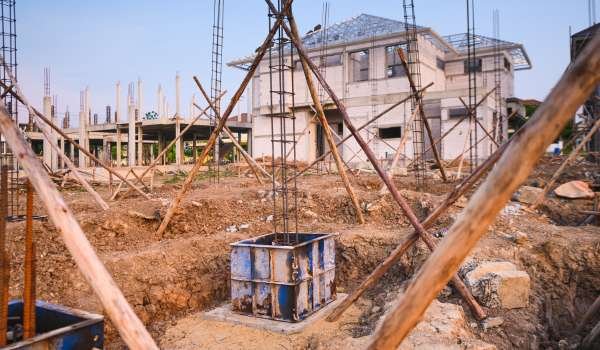
There are several steps involved in creating a custom-style house, and each one has to be carefully planned and carried out. Homeowners will collaborate directly with architects and builders to create designs that reflect their vision, beginning with site selection and design conceptualisation.
The construction phase, which includes site preparation, foundation work, and the actual building process, starts when the design is complete. To guarantee that the project stays in line with expectations, the homeowner and builder must communicate and provide information on a frequent basis during this process.
Selecting the Proper Site
It is crucial to choose the best site for a custom-style house. A few things to think about are the surroundings and the distance to facilities, jobs, and schools. The geography, temperature, and local laws might affect the home’s functioning and design, therefore homeowners should also consider these factors.
In addition to improving the standard of living, a well-chosen location gradually raises the property’s worth. Homeowners may create a healthy relationship between their living area and its surroundings by carefully weighing these factors.
Considering Functionality When Designing
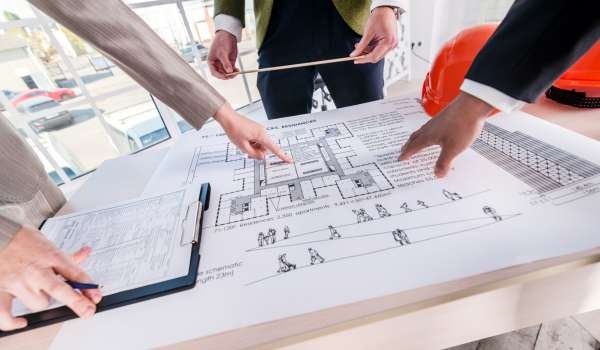
A key component of bespoke house design is striking a balance between usefulness and beauty. Homeowners should strive for designs that fulfil their functional demands in addition to being aesthetically pleasing. This might include giving traffic flow, storage options, and room location careful study.
Including areas with many uses is a clever way to increase usefulness. For instance, a dining room may be planned to handle bigger groups, while a spare bedroom can be used as a home office. Homeowners may design a living space that changes with their changing lifestyle by putting practicality first.
Using Technology in Smart Homes
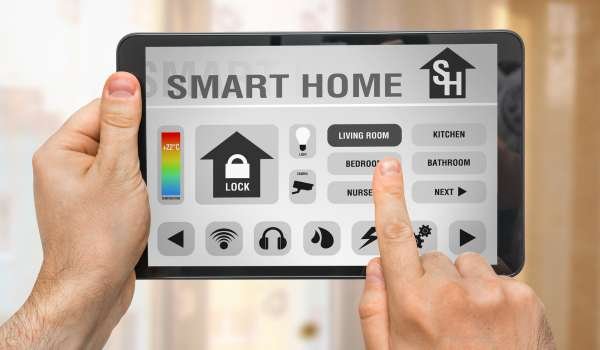
There are several advantages to integrating smart home technology into custom-style houses, including increased convenience and security. Home automation hubs, smart lighting controls, and thermostats are just a few examples of how technology can increase energy efficiency and simplify everyday chores.
Homeowners may personalise their smart systems to their liking, using a smartphone or tablet to manage different parts of the house. With this degree of control, homeowners can design an intelligent living area that suits their requirements and adds an additional layer of comfort and luxury.
Advice on Personalising Interior Areas
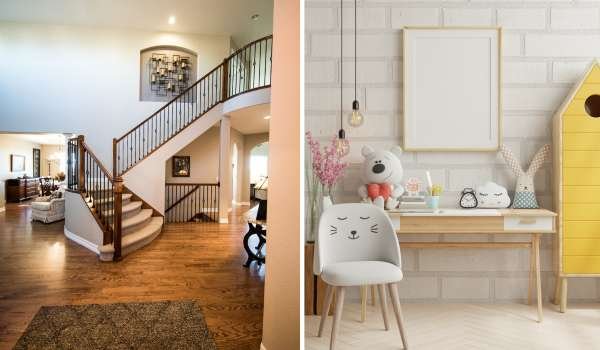
Homeowners may express their taste and create a friendly atmosphere by personalising indoor spaces. Every choice you make, from colour schemes to furnishings and décor, affects the atmosphere of your house.
Adding sentimental items to the room, such artwork or family heirlooms, helps strengthen the emotional bond. Furthermore, taking into account each room’s functioning will guarantee that the design not only looks good but also successfully meets the demands of the home. In order to improve the overall beauty of custom-style houses, landscaping is essential. Well-planned outdoor areas may provide calm havens and welcoming entrances. Native plants are a sustainable gardening option that take less care, so homeowners should think about using them.
Ideas for Custom-Style Home Landscaping
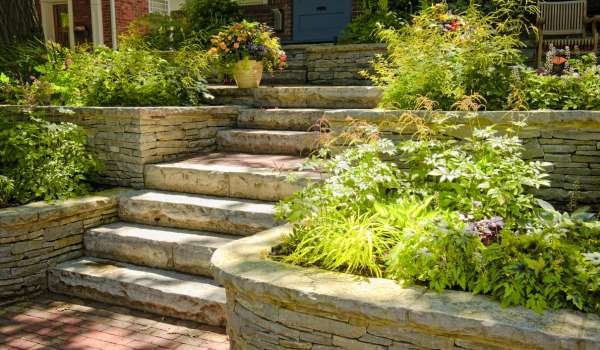
In order to improve the overall beauty of custom-style houses, landscaping is essential. Well-planned outdoor areas may provide calm havens and welcoming entrances. Native plants are a sustainable gardening option that take less care, so homeowners should think about using them. The outside experience may be further enhanced by adding amenities like walkways, places to sit, and ornamental accents. A well-thought-out landscape design that blends in with the house’s architectural style improves curb appeal and creates a welcoming environment for both occupants and visitors.
Keeping Up Your Home in a Custom Style
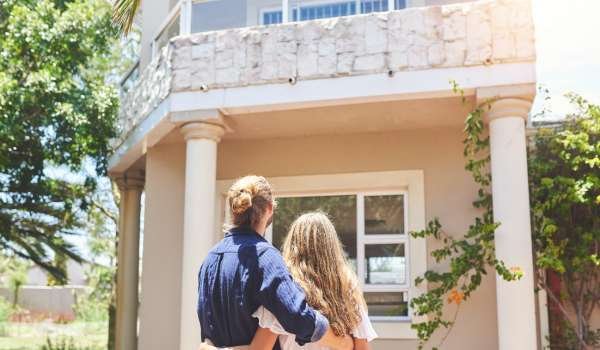
Maintaining a custom-style home’s aesthetic appeal and practicality requires regular care. Frequent examinations of HVAC, electrical, and plumbing systems can help find problems early on. Furthermore, regular maintenance and cleaning of external and interior components will increase the longevity of finishes and materials.
In order to make their investment a source of pride for many years to come, homeowners need also keep up with the latest maintenance best practices. Homeowners may preserve and fully appreciate their custom-style house by making upkeep a priority.
Upcoming Developments in Custom-Style Homes
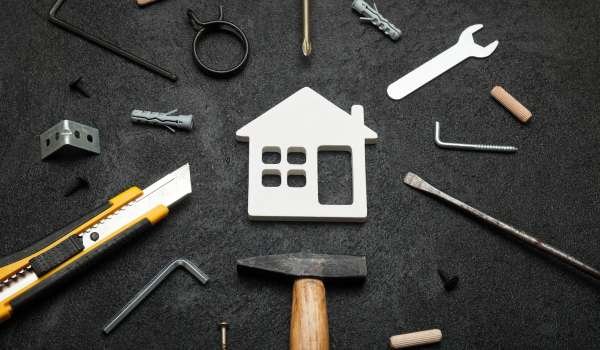
A number of themes that will influence the future of custom-style houses are developing as the custom home design environment changes. As more households prioritise green construction principles, there will likely be a continued focus on sustainability and eco-friendly activities.
Furthermore, technological developments will expand the potential of smart homes by enabling more integration and management over many systems. Flexibility and adaptability will probably be key design themes in order to allow areas to change to meet evolving demands. Homeowners may construct bespoke houses that not only satisfy their present demands but also foresee future advancements in functionality and design by keeping up with these trends.
Read More : How To Make A Custom House
Conclusion: Advantages of Selecting a Home with a Custom Design
There are several benefits to investing in a custom-style house, ranging from increased quality and sustainability to unmatched personalisation. While making sure that every element of the design meets their practical demands, homeowners may create places that really represent their unique personalities.
A strong feeling of connection to the living area is fostered by the cooperative process of creating a bespoke house, which turns it into a genuine haven. Custom style houses provide homeowners the chance to create their own living space by letting them choose every element, from the interior finishes to the architectural design, making it a rewarding long-term investment.
